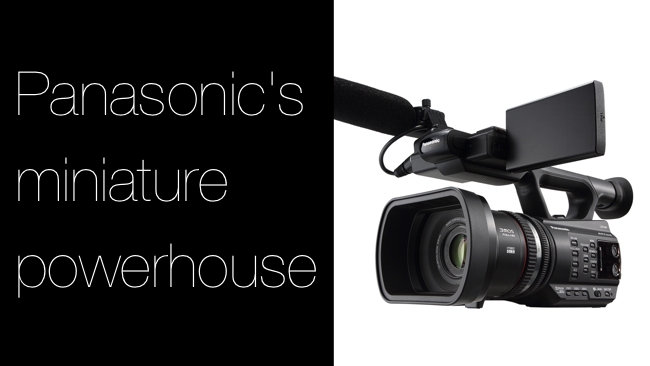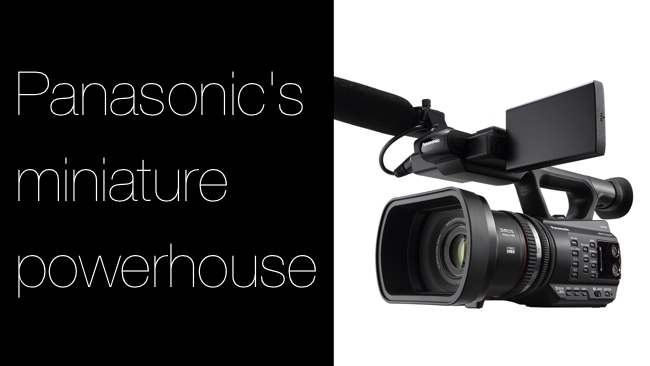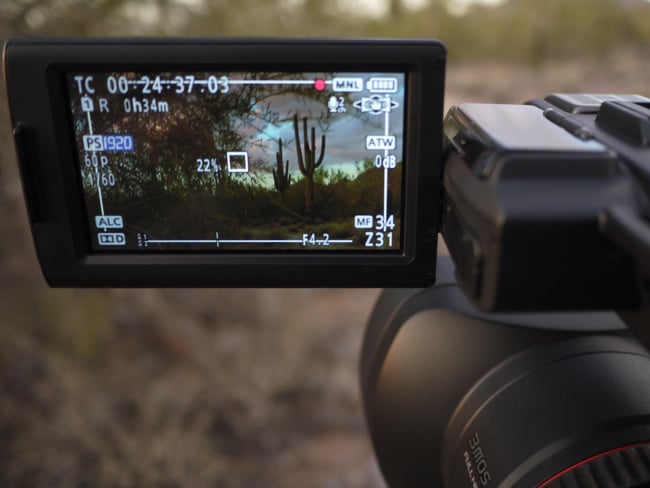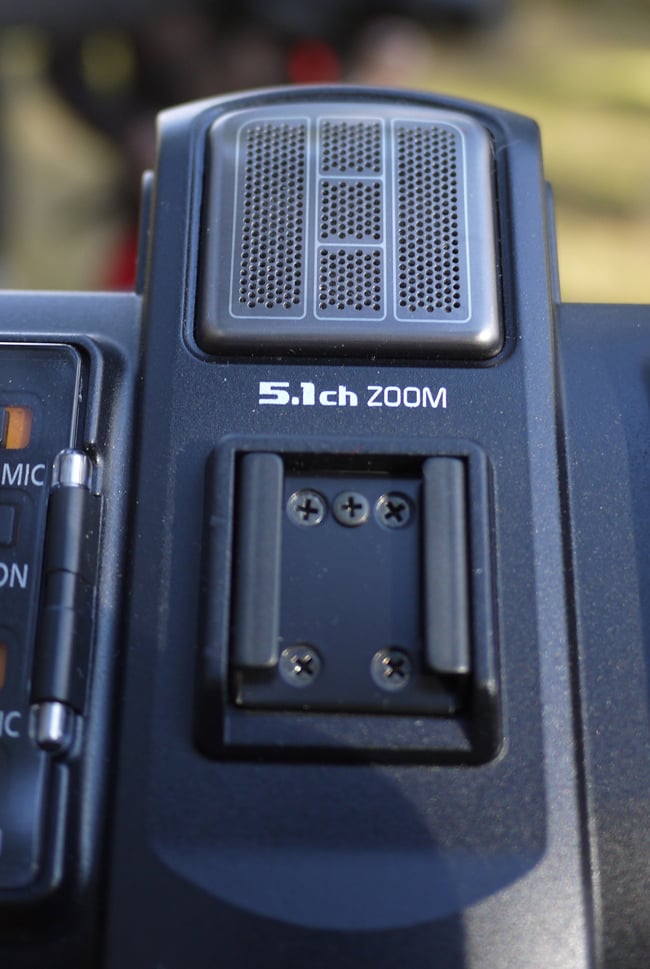
 AC90: Panasonic's Miniature Powerhouse
AC90: Panasonic's Miniature Powerhouse
This is a camera that's small enough to always have with you, but don't be deceived by the size: it's a very good imager, as Barry Braverman finds out
Introduced months ago to little fanfare the Panasonic AG-AC90 for all its superb performance and operational efficiency has received scant notice. It could be due to the camera’s relative lack of sexiness, a tiny imager when the current fashion demands otherwise, or the unglamorous applications like corporate events for which it is intended. It could also be due more likely to a lack of effective marketing. Whatever the reasons the Panasonic AC90 is a beautifully designed, compact camcorder that is inexpensive and competent from both the performance and operational perspectives.
Well balanced
In the first place the camera is extremely well balanced. This is no small matter as this alone can enable handheld shooters to operate easily and efficiently all day. Placing the camera in the palm of the hand the camera sits perfectly balanced allowing easy follow focus, pans and tilts, with the help of a very sharp LCD viewfinder borrowed from the company’s higher-end models.
The camera fitted with three 1/4-in MOS sensors offers excellent applicability to most non-fiction and documentary applications including sports. Defying the current fashion for larger camera sensors I much prefer a smallish imager for unscripted shows and fast action sports like NASCAR where the increased depth of field is mandatory for capturing critically sharp pictures. The trade off of course is the somewhat reduced dynamic range and low light capability; the deepest shadows tend to struggle given the camera’s diminutive sensor.

The camera with a tiny sensor was never intended for landscapes and broad vistas. Nevertheless the results can be impressive for scenes exhibiting moderate dynamic range.
The 12X integrated zoom with an equivalent wide angle of 29.8mm is ample with little evidence of barrel distortion and chromatic aberrations. This is a major advantage of camcorders fitted with non-interchangeable lenses: the camera can compensate internally for the most egregious defects in low-cost optics.
Rugged
The AC909 chassis is particularly rugged for a small camcorder. It was originally designed for Panasonic’s 3D Z10000 camera and is suitably fitted with a 3/8-inch mounting socket. This means the camera can be secured to most professional support platforms. I like that. It means the AC90 can play nicely with whatever support gear, jib arm or crane, I might happen to have on a job.
The camera notably records 1080p60 AVCHD at 28 Mbps. This is the highest AVCHD bit rate implemented by any manufacturer and is a bit of an anomaly. For the unfamiliar, AVCHD is a high-performance prosumer format that is long-GOP, which means in exchange for the higher interframe compression and use of 4:2:0 8-bit color, the camera's output can be captured to an SD card and media and storage costs are substantially reduced. The use of AVCHD in the NLE is processor-intensive however which means one way or the other you'll likely be transferring to a more editing-friendly codec like ProRes.

Reflecting the camera’s 3D provenance the AC90 features Dolby 5.1 surround sound recording!
To be sure the AC90 is not a RED killer or likely to give the Sony F55 a run for its money. Rather the camera with a selling price of around 2000 USD simply does its job without complication or pointless intrigue. It captures superb images (including at 24p) that are best in class. For most modest projects we pursue every day in the non-fiction, sports, and documentary realms, the Panasonic AC90 is an excellent alternative to the operational and performance challenges of the DSLR.
Tags: Production


Comments